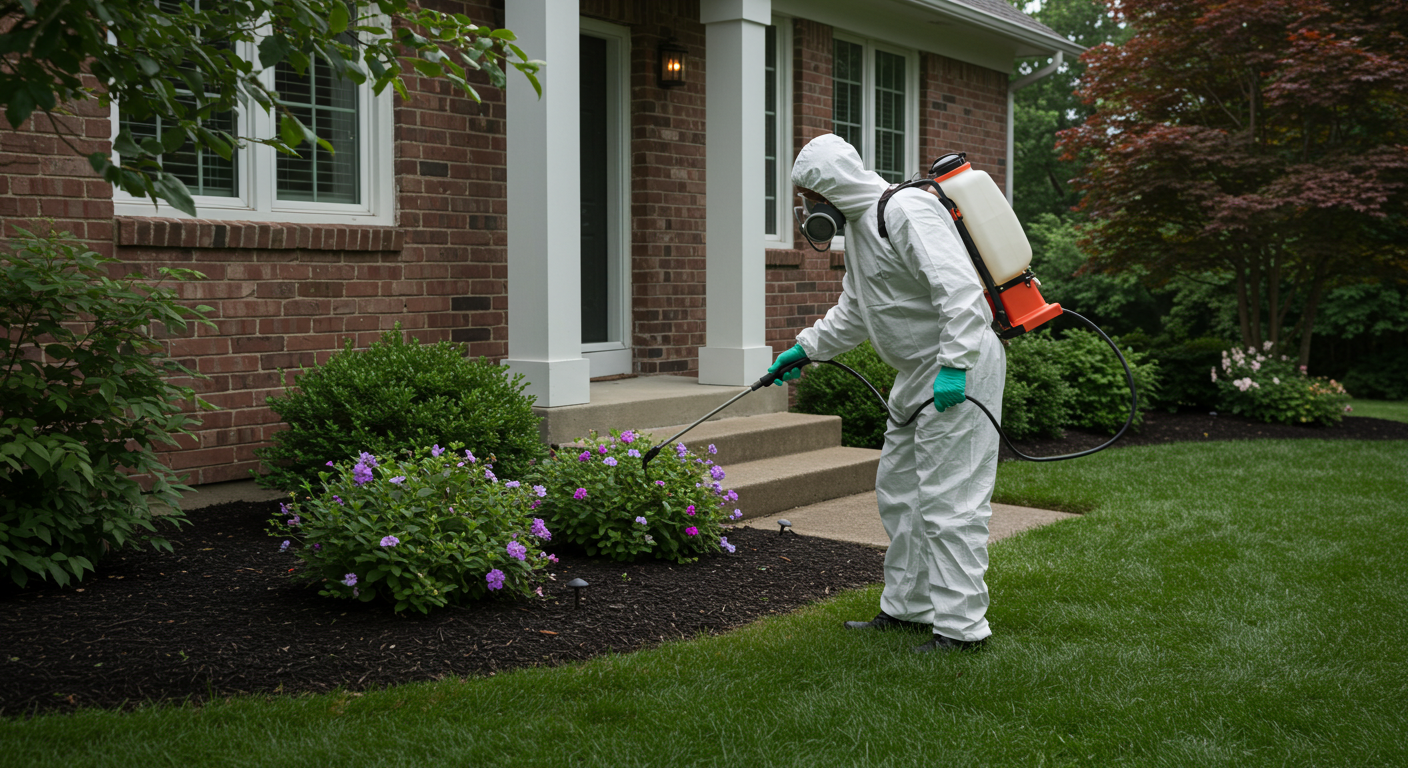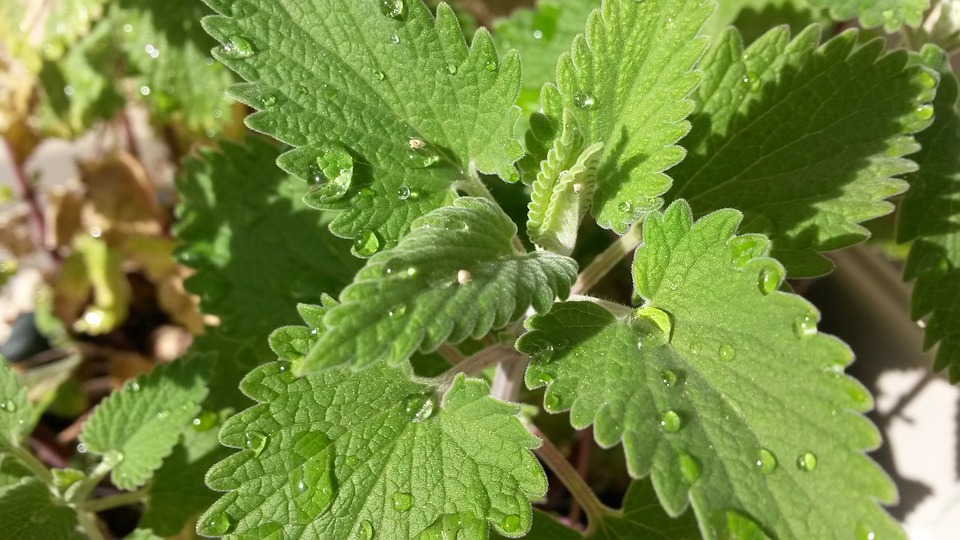The presence of pests in homes can be a source of great distress. Not only do these unwanted invaders disrupt comfort and tranquility, but they can also pose serious health risks and cause significant property damage. This article delves into essential tips for effective pest control, providing homeowners with strategies to keep their spaces pest-free.
Understanding the Most Common Household Pests
Identifying the pests that commonly invade homes is the first step in implementing effective pest control strategies. Here they are:
Ants
Ants are one of the most prevalent pests found in homes. Often entering in search of food, they can contaminate food supplies and create unsightly trails. Identifying the type of ant can help determine the best method for control. For instance, carpenter ants can indicate decay within wooden structures, while sugar ants typically invade kitchens.
Cockroaches
Cockroaches are notorious for being resilient pests. They not only trigger allergies but also spread various diseases due to their unsanitary habits. Their nocturnal nature makes them difficult to detect until an infestation is established. Regular inspections and proper hygiene practices are essential to prevent their presence.
Termites
Termites are often referred to as “silent destroyers” because they can cause severe damage to a home’s structure before any signs of their presence are noticed. They typically feed on wood, and their destructive nature necessitates immediate action upon detection. Homeowners are advised to conduct annual inspections by a pest control expert to mitigate risks.
Rodents
Mice and rats not only consume food but can also damage wiring and insulation within walls, causing costly repairs. They reproduce quickly, turning a minor issue into a significant infestation. Proper sanitation, sealing entry points, and using rodent traps are effective methods for controlling rodent populations.
Implementing Preventative Measures for Pest Control
Prevention is undoubtedly the most effective form of pest control.
Sealing Entry Points
The first step in any pest control strategy should be to examine your home’s exterior for potential entry points. Cracks around doors, windows, and foundations can all serve as gateways for pests. Sealing these gaps with caulking or weatherstripping is crucial. Additionally, ensure that all window screens are intact and properly fitted to prevent insects from infiltrating your home.
Practicing Cleanliness
A clean home is less attractive to pests. Regular cleaning habits are imperative in discouraging infestation. Frequent vacuuming and systematic cleaning of high-traffic areas, including kitchens and dining spaces, help eliminate food particles that attract pests. Use sealed containers for food storage and avoid leaving pet food out overnight to further mitigate pest attraction.
Managing Waste Effectively
Improper waste management is one of the primary reasons for attracting pests. Regular trash disposal and using tightly sealed garbage bins play a vital role in effective pest control. Outdoor garbage cans must be secured and distanced from the home to avoid inviting pests such as rodents and insects.
Utilizing Natural and Chemical Pest Control Methods
When pests invade, various control methods can be employed, ranging from natural deterrents to chemical solutions.
Natural Deterrents
Employing natural alternatives is an eco-friendly approach to pest control. Essential oils like peppermint, eucalyptus, and tea tree oil can deter specific pests without the adverse effects of harsh chemicals. For example, placing bay leaves in pantry staples can help repel moths and other insects. Moreover, diatomaceous earth—a natural powder composed of fossilized algae—is effective in controlling insects by dehydrating them upon contact.
Traps and Baits
Utilizing traps and baits can be practical in managing visible pest populations. Mouse traps, for instance, can quickly eliminate rodent problems, while sticky traps can catch insects like cockroaches. It’s essential to place these devices in areas where pests are frequently seen without exposing them to children and pets. Consistency in checking and replacing traps will enhance their effectiveness.
When to Seek Professional Help?
Despite the best efforts at prevention and DIY methods, cases of severe infestations may require professional intervention. For example, dealing with termites necessitates expert assessment and application of specialized treatments to prevent ongoing structural damage. Many pest control services offer customized plans tailored to the specific needs of a property, ensuring thorough and effective eradication of pests.
By incorporating these effective pest control tips into everyday routines, homeowners can significantly reduce the risk of infestations and ensure a comfortable living environment.



